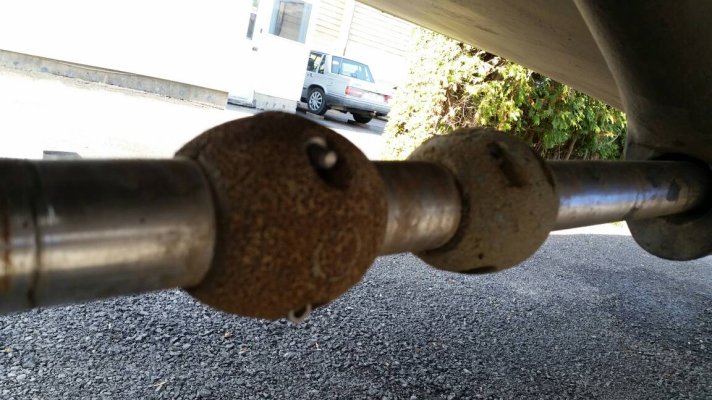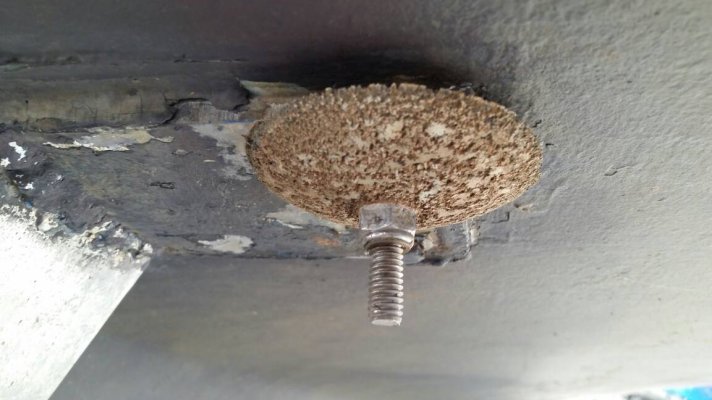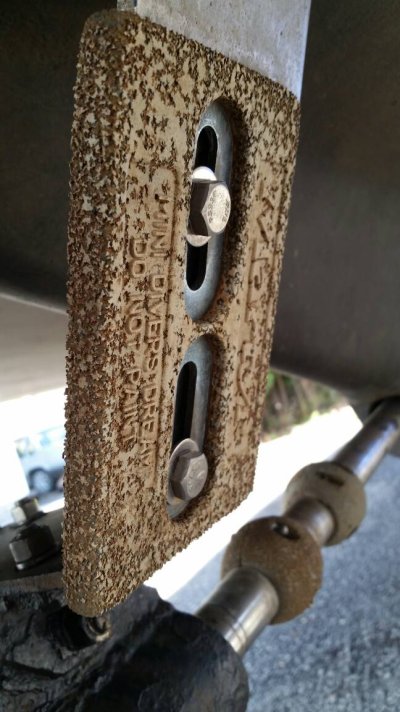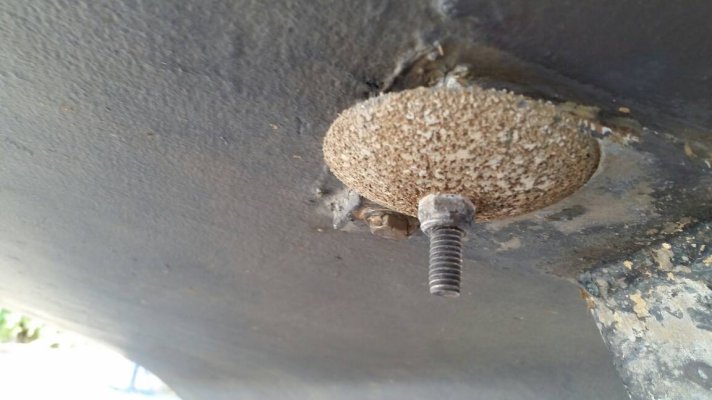Lou_tribal
Guru
Hello fellow TFers.
Last week my boat was hauled out and yesterday I went to empty it for winter.
Before splashing in may I replaced all the anodes with new ones and added few where the previous owner was not looking.
My question is what wear to expect after 6 month?
I was a bit surprised by the level of wear as I found them well marked from dissolution.
I will take a picture next weekend to illustrate this.
I may worry for nothing but it is the first time I install new anodes.
L
Last week my boat was hauled out and yesterday I went to empty it for winter.
Before splashing in may I replaced all the anodes with new ones and added few where the previous owner was not looking.
My question is what wear to expect after 6 month?
I was a bit surprised by the level of wear as I found them well marked from dissolution.
I will take a picture next weekend to illustrate this.
I may worry for nothing but it is the first time I install new anodes.
L




